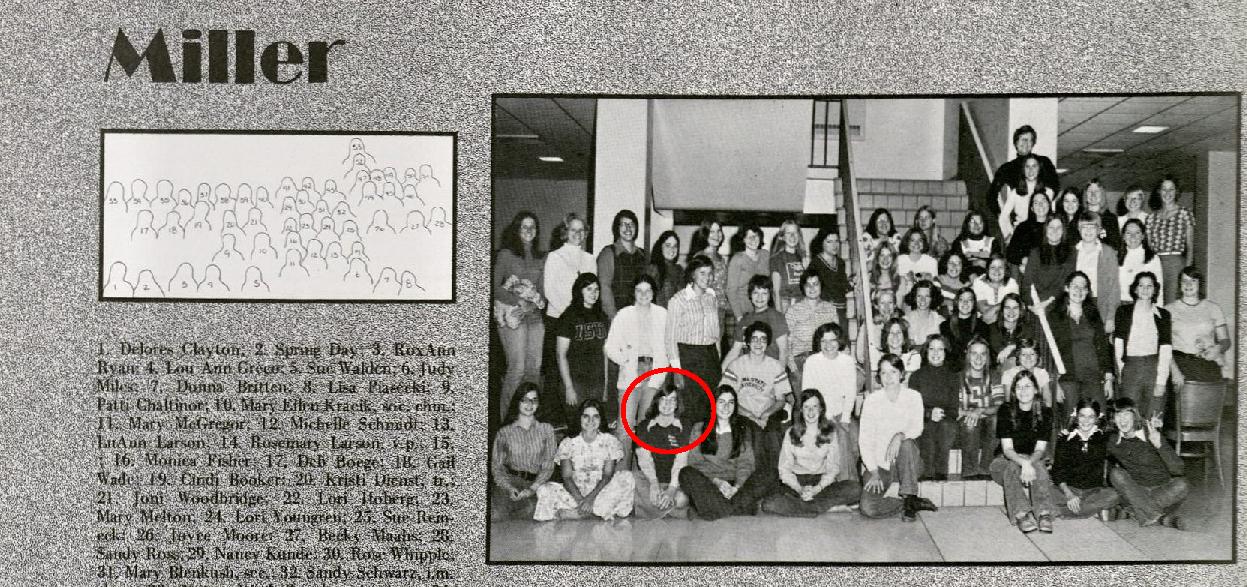Alice Doesn’t Day
Amanda Larsen
October 29th, 1975 was one of the first days to show the nation how much women contribute to society. The National Organization for Women (NOW) created a national strike day for women in order to emphasize how important women are for society. They called it “Alice Doesn’t Day,” a reference to the 1974 film Alice Doesn’t Live Here Anymore. NOW called for every woman to refrain from work or spending any money. The alternative for women who could not skip work was to wear an armband and discuss its purpose.
On campus, the Government of the Student Body (GSB) was asked to support the strike by on campus women’s organization. The bill to support Alice Doesn’t Day was sponsored by Roxanne Ryan, a student in sciences and humanities.

Various groups scheduled programs supporting Alice Doesn’t Day on the Iowa State campus according to news articles. For those who wished to participate in the event, the YWCA had seminars on women’s health, practical consumerism, pampering ourselves, and women and the law. If the participants had young children, there were male-run daycare and babysitting services provided. GSB passed the bill supporting Alice Doesn’t Day, to the dismay of some. In the community, Ames Mayor William Pelz showed support for Alice Doesn’t Day by signing an official proclamation naming October 29th as “Alice Doesn’t Day.”
Not everyone supported Alice Doesn’t Day. The Iowa State Daily’s “Point of View” section notes that some believed calling for women not to go to work was not the best tactic for showing women’s roles in society. While it might have shown how much women contribute, it could also have shown unprofessionalism and little regard for their work. Others felt that women should double their efforts on the 29th with the same goal of showing how much they can contribute to society. A group opposed to Alice Doesn’t Day vowed to wear pink dresses and call for the firing of any woman protesting. In terms of students, most told the Daily that the reason they could not participate in the strike was that they had classes and “school is more important than my ethical views.” Since they could not miss classes, many of the women interviewed said they would refrain from spending money that day.

Rosl Gowdey, one of the publicity workers for the project, stated that the goal of the day was to “focus on what happens to the women who participate, than on the number of participants. If only one or two women get something out of it, then that’s great, and we’ve accomplished our purpose.” While most think that the day was a failure, others viewed the event as successful because of the awareness: “In terms of awareness and talking about women’s contributions, it was successful,” said by Susan Newcomer, the president of the Ames chapter of the National Organization for Women.
If you or anyone you know has any information about women activist from 1960-1979 here at Iowa State, please feel free to contact Special Collections to discuss preserving the material.

About this entry
Original Post: “Alice Doesn’t Day” by Research Assistant Amanda Larsen
Publication Date: October 15, 2018
References
- Iowa State College of Agricultural and Mechanical Arts. Bomb. Ames, Iowa State University, 1975.
- “NOW Strike in Ames.” Ames Daily Tribune, October 25, 1975.
- Scorsese, Martin. Warner Bros. Alice Doesn’t Live Here Anymore. Film. 1975.

